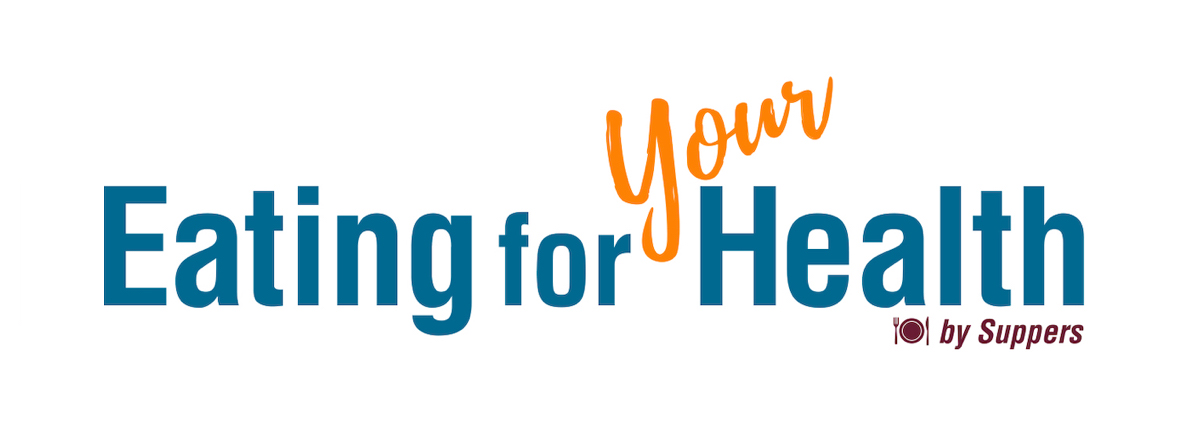If you find it difficult to observe how you feel, your therapeutic friends at Suppers meetings will help you begin. You can ask for help: phone calls, emails, food prep, shared meals between meetings. Skeptical and even well-intentioned family and friends can sabotage the process. Get help.
Step 1: Get a notebook or use our Blank Food/Mood Observation Chart.
Step 2: Make a statement about what you hope to get from food journaling, something like: "I will identify which foods anchor me and which foods destabilize me."
Step 3: Select your “flag words,” words that remind you what you want to keep track of. They might include: fatigue, hunger, cravings, mental clarity, mood, number of hours of sleep, productivity, sense of well-being, thought patterns, arguments, jitters, bloating, nausea.
Step 4: Journal daily (see our Sample Food/Mood Observation Chart):
- Note morning and evening weights. If it is more than a couple pounds different, it is a good bet that you are holding water in response to something you are eating or drinking. If weighing yourself is way too triggering, it’s OK, skip to the next step.
- On the left side of each page, write the date, time of day, and what you ingest for 24 hours. Write everything and don’t change a thing just because you are taking notes. No one is watching. Let the only criterion for success be accuracy.
- On the right side, list observations using your flag words as reminders.
Patterns may emerge, like you always get sleepy in the late morning when you have a bagel and OJ for breakfast or you get congested when you have peanut butter and jelly and milk for lunch. If you suspect a food is trouble for you, you can test it by doing an elimination test.
Step 5: Elimination test:
When you think you know what may be causing your problems, you can test it. This is actually more accurate than some medical tests, but it does take some work and support. It’s simple, but maybe not easy. To test a suspected food:
- Eliminate it from your diet 100% for four to 14 days (experts disagree on the time, longer is probably more accurate). It has to be 100% or the test doesn’t work. Grill waiters, read all labels, get a therapeutic friend to help you prepare single, whole, fresh ingredients. Ask for support, the offending foods are often the ones you think you can’t live without because you have a drug-like relationship with them.
- Take your notes several times daily.
- After at least four days, test it by having a good portion of it and note how you feel for the next two days (yes, some foods take over a day to create the symptom).
- Take notes on how you feel when you re-introduce the suspected item.
If re-introduced foods produce symptoms, it’s data. If you do react, wait two days on the pure diet before testing another food.
The best results are likely to come if you eliminate all processed foods and highly allergenic foods before the challenge. This is because people who are intolerant of one food are likely to be intolerant of many. Remember the big culprits are gluten grains (wheat, rye, barley), dairy, sugar, and runners up: soy, corn, chocolate and coffee. Of course, alcohol can do it too.
If you can face going off wheat but not dairy for a couple weeks, stick with the spirit of nutritional harm reduction and test wheat. There are very few times at Suppers when you have to be rigid, and elimination testing is one of the few. To clear the items from your system and accurately test, your body needs the total break (4–14 days) for you to experience how liberating it feels to be off a food that is affecting your brain, mood, behavior, energy level, etc.
Remember: The only criterion for success is your ability to make accurate observations. At Suppers, there’s no judgment, just data!
